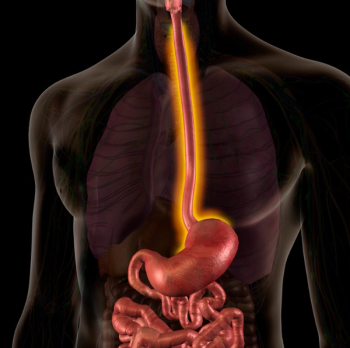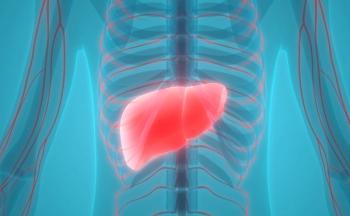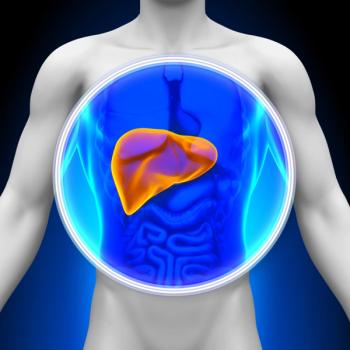
Multidisciplinary Care Ensures ‘Comfort’ in Decisions Surrounding Lumpectomy for Breast Cancer Subtype, Says Expert
Judy C. Boughey, MD, of Mayo Clinic in Rochester, Minnesota, details the multidisciplinary work that goes into delivering breast-conserving therapy for patients with multiple ipsilateral breast cancer.
During the
According to Boughey, patients receiving breast conservation therapy will get the full value of a multidisciplinary team including breast surgeons, radiation oncologists, and medical oncologists.
Transcript:
All of breast cancer care these days is very much multidisciplinary. For these patients with multiple ipsilateral breast cancer, it does bring the value of a multidisciplinary team’s input into that patient's care. If the patient chooses to proceed with breast-conserving therapy, that's going to involve not only surgical resection, but also the incorporation of adjuvant whole breast radiation.
We want to make sure that the patient and the radiation oncologists are comfortable proceeding with the radiation aspects, and then also to incorporate the medical oncologist in terms of the systemic therapy recommendations.
Reference
Boughey JC, Rosenkranz KM, Ballman KV, et al. Impact of breast conservation therapy on local recurrence in patients with multiple ipsilateral breast cancer – results from ACOSOG Z11102 (Alliance). Presented at the 2022 San Antonio Breast Cancer Symposium; December 6-10, 2022; San Antonio, TX; abstract GS4-01.
Newsletter
Stay up to date on recent advances in the multidisciplinary approach to cancer.
































































































